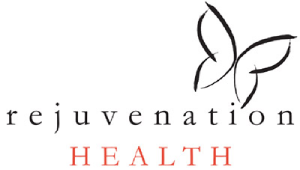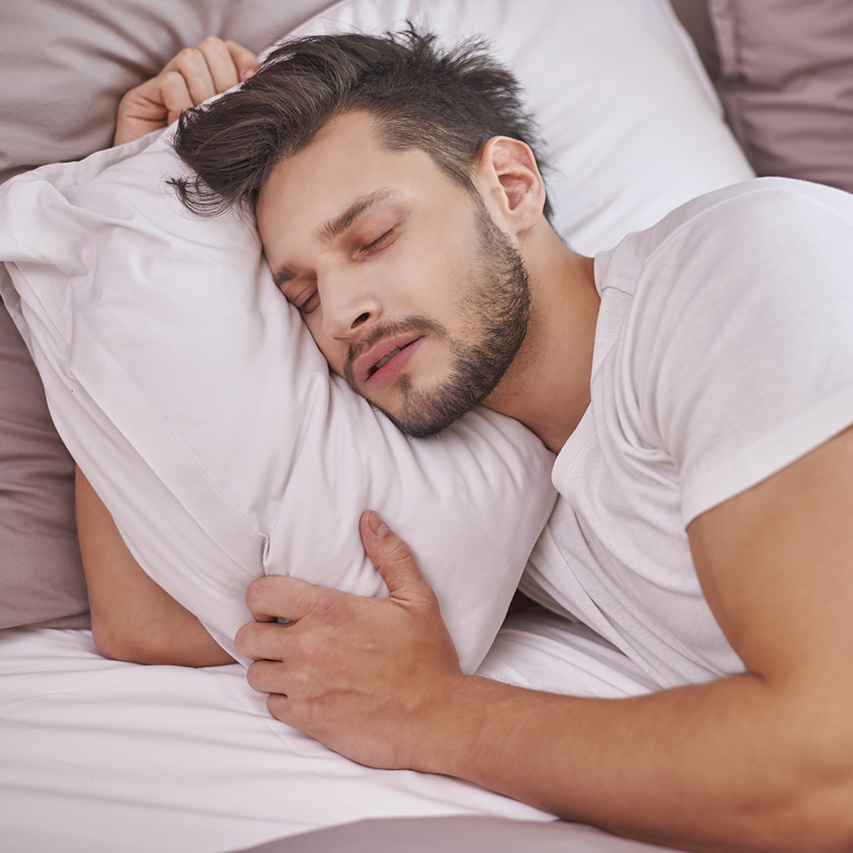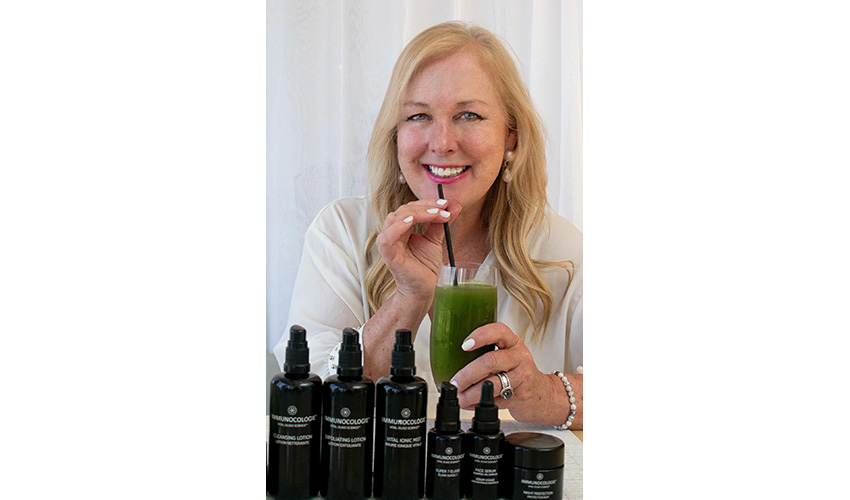Apnea-hypopnea index, or AHI, is a widely used measurement to determine the presence and sleep apnea severity in an individual. Sleep apnea is a sleep-related breathing disorder that impacts millions of people around the world.
Your AHI plays a significant part in diagnosing and treating sleep apnea.
Let’s look at some stats, risk factors, and complications of the most common sleep disorder, sleep apnea:
Prevalence
- In the US alone, 1 in 5 adults (20%) suffer from sleep apnea (some studies range from 9-26%).
- It’s estimated that 75% of severe cases of OSA are undiagnosed.
- Sleep apnea syndrome is more common in men than women.
Risk Factors and Warning Signs of Sleep Apnea
- Male gender
- Obesity
- Asthma (respiratory events)
- Hypertension
- Diabetes
- Chronic nasal congestion
- Smoking
- Alcohol abuse
Complications
- Increased blood pressure
- Increased risk of cardiovascular illnesses
- Weight gain
- Impotence
- Obesity
- Type 2 diabetes
- Liver issues
- Depression
- Daytime sleepiness
Understanding AHI, how it’s calculated, and its use in treatment plans are vital parts of a sleep apnea diagnosis.
What is the Apnea-Hypopnea Index (AHI)?
The Apnea-Hypopnea Index (AHI) is the number of apneas or hypopneas you experience per hour during a sleep study. An apnea is when you stop breathing for at least 10 seconds during sleep, while hypopnea is a partial blockage of air that results in shallow breathing.
This reading is often captured on a CPAP machine.
Newer devices allow the patient to test at home and send results to the doctor via the cloud to be read and shared virtually, if necessary. Some of these are much less invasive than CPAP.
Once a study or other tests are performed and data is reviewed, the AHI numbers will reveal:
- Does sleep apnea exist in the patient?
- At what level of severity is the patient?
These answers help your provider(s) develop a treatment plan to help you breathe better, sleep better, and live better.
How is AHI Measured in a Sleep Study?
Apnea-hypopnea, or AHI, divides the total number of apneas by the hours of sleep during the study. Each sleep study (polysomnogram or PSG) lasts one night.
During an apnea event, you stop breathing entirely for a minimum of 10 seconds. When you experience hypopnea, only some of the air is blocked, and breathing becomes shallow.
AHI is defined as how many times you have a partial or complete collapse of the upper airway (tongue or the soft palate at the throat) during sleep. The result is a brief awakening from sleep and or a drop in blood oxygen levels.
For the study duration, your heart rate, pulmonary activity (breathing patterns), brain waves, blood oxygen levels, and other common vital signs are monitored.
Several types of sensors collect this information by tracking breathing patterns through the night.
During a sleep study, you may use the following devices:
- Nasal cannula (thermistor): This device delivers oxygen to the patient. Two plastic prongs fit into the nostrils, and a length of tubing is put over the top of each ear for comfort. The tubing connects to the machine that dispenses a mixture of air and oxygen throughout the study.
- Respiratory effort belts: These stretch across the chest and/or stomach. Placing the belts around the rib cage and abdomen measures when breathing is attempted, even though the airway is obstructed.
- Oximeter clip: This clips on a small body part, like a toe, earlobe, or finger. Small beams of light pass through the blood in the body part, determining the amount of oxygen. This is achieved by measuring changes in light absorption in oxygenated or deoxygenated blood.
What do the AHI numbers mean?
Your AHI number determines if you have sleep apnea and, if you do, the severity of your condition.
- Regular Sleep: Fewer than 5 apnea/hypopnea events per hour
- Mild Sleep Apnea: 5-14 apnea/hypopnea events per hour
- Moderate Sleep Apnea: 15- 29 apnea/hypopnea events per hour
- Severe Sleep Apnea: 30+ apnea/hypopnea events per hour
Treatments for Sleep Apnea
There are 3 types of sleep apnea:
- Obstructive sleep apnea (OSA): In OSA, the cavity at the back of the throat (the airway) becomes physically blocked, forcing you to stop breathing temporarily.
- Central sleep apnea (CSA): This type of apnea is due to an issue with your brain’s respiratory muscle, leading to slower, shallower breathing.
- Mixed sleep apnea: Mixed sleep apnea, also known as complex sleep apnea, is diagnosed when both OSA and CSA are present.
The prevalence of OSA is about 10 times that of the other 2 types. If no distinction is made, it’s safe to assume people are speaking of OSA.
There are several treatments available to treat sleep apnea:
- DNA oral appliance
- APAP/CPAP therapy
- BiPAP therapy
- Medications
- Surgery
- Lifestyle changes
Determining a solid AHI number is critical to determining which treatment is right for you.
1. DNA Oral Appliance
The American Academy of Sleep Medicine (AASM) supports oral appliances as an effective therapy for sleep apnea disorders. However, most of these appliances do not address the root cause of OSA; they simply reposition the airway during sleep.
But the Daytime Nighttime Appliance (DNA) is different from other oral appliances. It’s an FDA-regulated method of treating and even curing OSA and related airway health issues.
Because it focuses on whole-person health, the DNA is one of the only effective “holistic” treatments for sleep apnea. Bonus: It can even improve the appearance of your smile!
Although a DNA is similar in appearance to a retainer, it is not like standard oral appliances, used to reposition the tongue and lower the jaw overnight. The device addresses the root cause by stimulating ongoing arch redevelopment and activating stem cells for bone growth.
In other words, the DNA helps to reshape the area where your tongue sits during the night, preventing the tongue from blocking your airway.
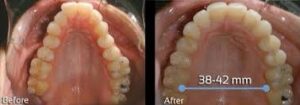
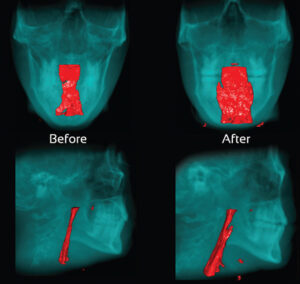
2. APAP or CPAP for Sleep Apnea
These therapies focus on providing some degree of airway pressure during sleep.
If prescribed, the machine type will be determined based on your AHI scores and severity of airway obstruction. Both machines require the patient to wear a facial mask connected to a pump device.
Fortunately, most insurance plans cover these therapies as treatment for sleep apnea.
The primary difference between the machines is that they apply air pressure differently:
- CPAP (continuous positive airway pressure) uses consistent pressure the entire time the user is sleeping.
- APAP (automatic positive airway pressure) is calibrated to adjust air pressure depending on what you need at any given time through the night.
Both machines are considered to increase the quality of life for both the patient and their bed partner. However, there is debate as to whether long-term use of CPAP treatment, in particular, leads to reduced muscle strength in the throat.
Like most other sleep apnea treatments, CPAP or APAP treat the root cause of disordered sleep breathing, typically that the mouth does not have the right amount of space for the tongue.
3. BiPAP Therapy
BiPAP, or bilevel positive airway pressure, works very much like CPAP, with one exception. BiPAP machines have two pressures: standard inhalation pressure level and lower exhalation pressure level.
CPAP has been reported to give the users trouble breathing out at higher pressure levels. BiPAP machines are preferred for patients with more severe cases of sleep apnea because of the options in air pressure.
4. Medications
One cause of obstructive sleep apnea is nasal congestion from allergies. If this is a persistent problem in your life, it’s essential to consult with your doctor about a decongestant or other allergy medication.
If it’s determined your OSA occurs due to opioid use, talk to your doctor about stopping this medication in favor of another non-opioid option.
While allergy meds can help decrease nasal congestion and lessen apnea events, sleep medicines can have a negative effect. They often relax the soft tissues in the back of your throat and can worsen sleep apnea symptoms.
Instead, consider home remedies for allergies as a first resort.
5. Surgery
There are rare cases where surgery is the best course of action for OSA or CSA. Examples of those procedures include:
- Uvulopalatopharyngoplasty (UPPP): the removal and/or repositions excess soft tissue in the back of your throat. This is the most common surgery for sleep apnea.
- Genioglossus advancement: moves the bone in the lower jaw further from your throat, opening the airway.
- Maxillomandibular osteotomy: highly invasive surgery where your jaw is cut into and shifted forward, giving your airway more breathing room.
- Midline glossectomy: removal of part of the back of your tongue.
- Palatal implants: small rods are placed into your soft palate to prevent airway blockage.
- Radiofrequency volumetric tissue reduction: cauterization shrinks the tissues of the throat, soft palate, tonsils, and/or tongue.
- Septoplasty: adjustment of a deviated septum. This is an effective treatment option if your sleep apnea is caused by a deviated septum. (Some doctors claim this is never the cause of OSA.)
- Tracheostomy: surgeon inserts a hollow breathing tube into your windpipe that can be plugged during the day for normal breathing and speaking.
Lifestyle Changes
Some simple lifestyle changes can improve your issues with sleep apnea. Some of these can help manage symptoms, while others may get rid of the underlying cause:
- Weight loss
- Not sleeping on your back (side sleeping is best)
- Quit smoking
- Decrease alcohol consumption
- Use a humidifier
- Decrease opioid use (the leading cause of CSA)
Types of Sleep Tests for Sleep Apnea
Polysomnography (PSG)
This typical sleep study is done by hooking you up to devices that will monitor significant vital stats — heart rate, blood pressure, blood oxygen levels, as well as breathing patterns, heart/lung/brain activity, arm/leg movements.
One benefit of this test is ruling out other health dysfunction that may be affecting your airways, like periodic limb movement disorder or narcolepsy.
The study may be done at home or at a sleep center.
Home Sleep Apnea Testing (HSAT)
Less common than the PSG, HSAT is explicitly designed to be conducted at your home.
Breathing patterns, airflow, snoring intensity, and blood oxygen saturation levels are monitored with the WatchPAT One device’s proprietary technology, which detects the Peripheral Arterial Tone (PAT™).
Respiratory-Disturbance Index (RDI)
RDI may be used when an esophageal pressure manometer is included in the study. Some facilities will implement RDI to determine the degree of severity in patients with sleep or breathing disorders.
Oxygen-Desaturation Index (ODI)
ODI is used to calculate the number of apnea or hypopnea events per hour of sleep, leading to an oxygen desaturation (drop) of at least 3%. This is an important baseline to assess the risk of long-term consequences from serious healthcare concerns such as:
- Cardiovascular issues: hypertension, heart attack, or heart failure
- Neurocognitive issues: stroke or dementia
When to See a Doctor
You may choose to consult with an ENT to rule out any anatomic blockages in your nose or throat. However, your dentist can also play a big part in your task force to treat sleep apnea.
Although not a definitive diagnosis, the dentist finding signs of grinding teeth may be a precursor of sleep apnea. If this topic arises during a dental appointment, talk to your dentist about airway health.
Ready to take back your sleep? Schedule an appointment today at our dental offices in East Hampton or Manhattan, NY.
